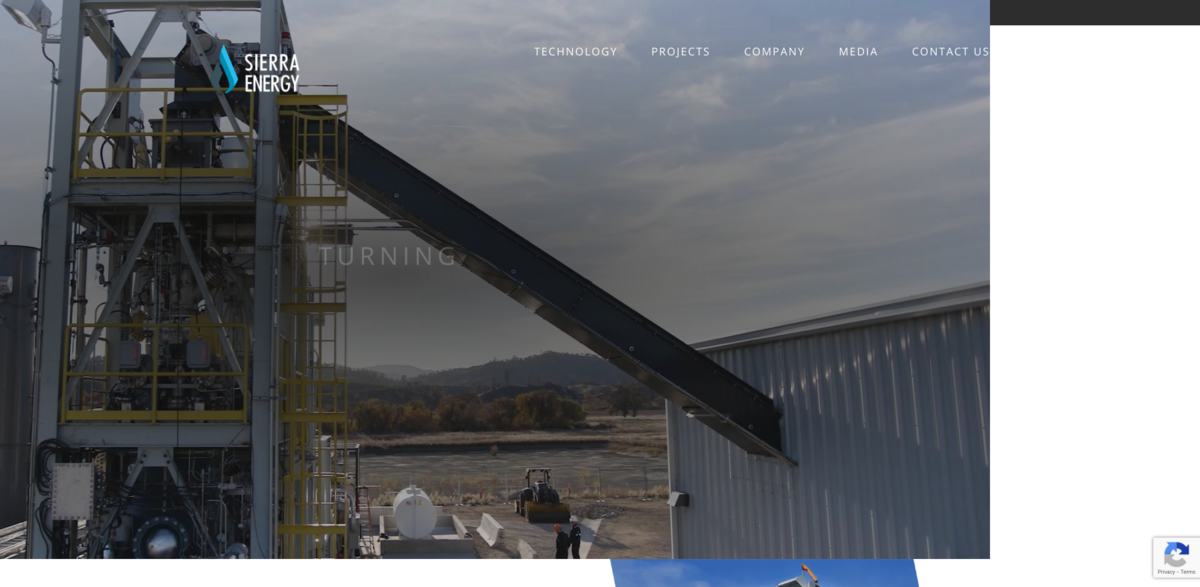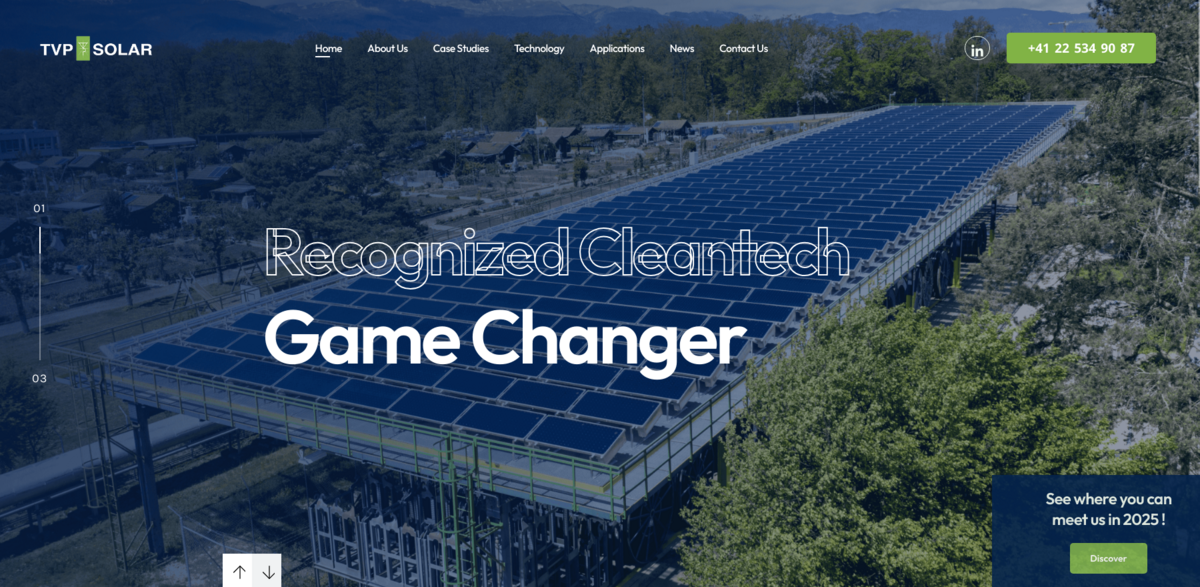What Is the FastOx Gasification Project?
FastOx Gasification is an innovative technology that transforms waste into clean synthesis gas—without burning it or creating any new waste byproducts. Imagine turning everything from municipal solid waste and biomass to hazardous waste, tires, and even medical waste into renewable energy and fuels. That’s exactly what FastOx does, safely and responsibly. It’s a game-changer in waste-to-energy solutions, offering a clean alternative to traditional landfills and incineration.
Main Benefits of FastOx Gasification
So, what makes FastOx stand out? Here’s a quick rundown of the key benefits:
- Unmatched feedstock flexibility — it handles a wide variety of waste types.
- Capable of processing mixed waste streams without issues.
- Produces tar-free syngas, which is cleaner and easier to use.
- Inorganic materials are transformed into inert stone and molten metals.
- No ash is generated during the process.
- High energy conversion efficiency — it really operates on the energy contained in the waste itself.
How Does FastOx Gasification Work?
At its core, FastOx uses steam and oxygen to break down waste at the molecular level. Organic materials are converted into energy-dense syngas, while inorganics melt into non-leaching stone and metals. The result? Particulate and tar-free syngas that’s perfect for turning into high-value products. And here’s the kicker—no waste by-products are created. It’s a clean, efficient process that maximizes energy recovery.
High-Value End Products from FastOx Syngas
The syngas produced by FastOx isn’t just any gas—it’s a versatile feedstock for several valuable products:
- Electricity: Syngas can power generator sets and gas turbines, producing electricity with lower specific emissions than natural gas.
- Hydrogen: Created through water gas shift and pressure swing adsorption, this hydrogen can be injected into pipelines or used in fuel cells.
- Methanol: Traditionally made from fossil fuels, methanol can now be produced from waste-derived syngas.
- Renewable Natural Gas (RNG): Commercial methanation technologies convert syngas into RNG, a clean fuel alternative.
- Ammonia: Using the Haber-Bosch process, ammonia made from syngas serves as a key ingredient in chemical fertilizers.
Environmental Impact and Waste Management
FastOx Gasification leaves no waste behind. Unlike conventional methods that produce ash or other residues, this system converts all waste components into useful products or inert materials. The inorganics become non-leaching stone and molten metals, which can be safely handled or recycled. This approach not only reduces landfill use but also minimizes environmental contamination risks. It’s a smart, sustainable way to manage waste while generating valuable energy.
Contribution to Sustainable Development Goals (SDGs)
- SDG 7: Affordable and Clean Energy — by producing renewable energy from waste.
- SDG 9: Industry, Innovation, and Infrastructure — through advanced gasification technology.
- SDG 11: Sustainable Cities and Communities — by reducing landfill dependency and pollution.
- SDG 12: Responsible Consumption and Production — turning waste into resources.
- SDG 13: Climate Action — lowering emissions compared to traditional waste treatment and fossil fuels.
Looking Ahead: The Future of Waste-to-Energy
The FastOx Gasification project represents a promising future where waste isn’t just discarded but becomes a valuable resource. With detailed knowledge bases exploring the chemistry of gasification and its role in decarbonizing energy and fuels, this technology is paving the way for cleaner, more sustainable energy systems. It’s not just about managing waste—it’s about rethinking how society uses resources and powers the world.





















